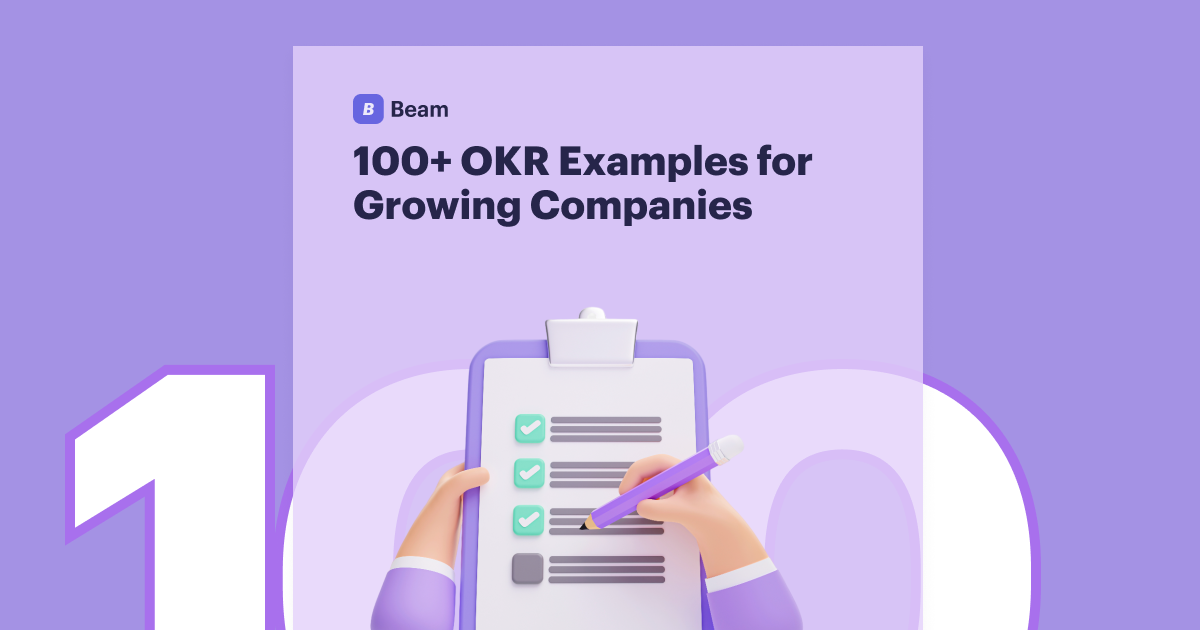Why OKRs Might Need to Change (Market shifts, new priorities, learning)
The dynamic nature of modern business means that even the best-laid plans can be influenced by unforeseen events. Recognizing the signals that an OKR might need adjustment is key to maintaining agility and ensuring your efforts remain relevant. Here are the primary reasons why you might need to change an OKR:
- Significant Market Shifts:
- New Competitor Emergence: A disruptive new player enters your market, requiring a rapid shift in strategy.
- Economic Downturn/Upturn: Sudden changes in economic conditions can drastically alter customer behaviour or resource availability.
- Technological Breakthroughs: A new technology emerges that either creates massive opportunities or threatens your existing model.
- Regulatory Changes: New laws or compliance requirements can force a re-evaluation of product features, processes, or even business models.
- Example: An objective to "Increase market share in X region" might become irrelevant if a major new regulation makes operating in that region unfeasible.
- New Competitor Emergence: A disruptive new player enters your market, requiring a rapid shift in strategy.
- New Strategic Priorities Emerge:
- Sudden Opportunities: An unexpected opportunity arises (e.g., a major partnership offer, a chance to acquire a key technology) that is too valuable to ignore and requires a shift in focus.
- Crisis Management: An unforeseen crisis (e.g., a major product bug, a PR disaster, a supply chain disruption) demands immediate, undivided attention and re-prioritization.
- Organisational Re-structure: Changes in internal structure or leadership can lead to new strategic directives.
- Example: A company focused on "Product Feature X launch" might pivot to "Stabilize Core Product Performance" if a critical security vulnerability is discovered.
- Sudden Opportunities: An unexpected opportunity arises (e.g., a major partnership offer, a chance to acquire a key technology) that is too valuable to ignore and requires a shift in focus.
- Learnings from Execution (Validated Learning):
- Incorrect Assumptions: Your initial hypothesis for an OKR might prove flawed after testing or market feedback. What you thought would work, didn't.
- Unforeseen Roadblocks: You encounter technical, resource, or market challenges that make achieving a KR (or even the Objective) realistically impossible within the current cycle.
- Key Results Prove Irrelevant: You discover that even if you achieve a specific Key Result, it no longer genuinely contributes to the Objective, or the Objective itself is no longer the right "North Star."
- Achieved Early: Sometimes, you might hit a Key Result far ahead of schedule, allowing you to set a more ambitious one or pivot to a new focus.
- Example: A KR to "Reduce customer support tickets by 20%" might be adjusted if you realize the root cause is external to your product, or if an automated solution makes 50% achievable.
- Incorrect Assumptions: Your initial hypothesis for an OKR might prove flawed after testing or market feedback. What you thought would work, didn't.
- Resource Constraints or Changes:
- Staffing Changes: Key personnel leave or new talent arrives, impacting capacity or capability.
- Budget Shifts: Unexpected budget cuts or increases.
- Staffing Changes: Key personnel leave or new talent arrives, impacting capacity or capability.
It's important to differentiate between an OKR that's simply challenging and one that's genuinely no longer relevant or feasible. The former requires perseverance and problem-solving; the latter requires thoughtful adaptation.
Up Next
Start Over - Chapter 1
Chapter 9
Chapter 8
Chapter 7
Chapter 6
Chapter 5
Chapter 4
Chapter 3
Chapter 2

More OKR Resources

100+ OKR Examples
How do you create compelling presentations that wow your colleagues and impress your managers?
Check out examples

Free Feedback Framework Template
Linear helps streamline software projects, sprints, tasks, and bug tracking. Here’s how to get started.
Download free template




